Time Periods
Paleolithic
Mesolithic
Neolithic
Chalcolithic
Bronze Age
Iron Age
Classical Period
Post-Classical Period
Early Modern Period
Industrial Period
Contemporary Period
Time Periods
Paleolithic
Mesolithic
Neolithic
Chalcolithic
Bronze Age
Iron Age
Classical Period
Post-Classical Period
Early Modern Period
Industrial Period
Contemporary Period
Location
About
Candi Kethek is a significant terraced megalithic Hindu temple located on the northwest slope of Mount Lawu in Central Java, Indonesia. The temple, dating from the 15th to 16th centuries CE, features seven west-facing terraces connected by stone steps, with an alternative path on the south side. It is part of a broader group of Javanese-Hindu temples, including the nearby Ceto Temple. Archaeological investigations have unearthed a tortoise statue representing the Hindu deity Vishnu, confirming the site's religious purpose. Candi Kethek exemplifies the distinctive architectural style of the period, characterized by its terraced design, and serves as an important cultural and historical landmark reflecting the religious and architectural practices of the era.
Gallery
Explore photographs of ancient structures, artifacts, and archaeological excavations at Candi Kethek
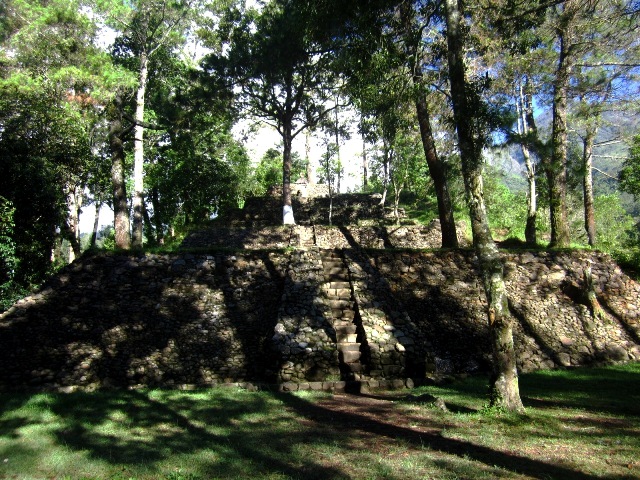
Archaeological Features
Explore the unique architectural and cultural elements found at this historical site
Religious and Ritual Structures
Artistic and Decorative Features
Agricultural and Land Use Features
Historical Timeline
Journey through time and discover key events in this site's archaeological history
Plan Your Visit
Details
- Country
- Indonesia
- Source
- Wikipedia
More Sites in Indonesia
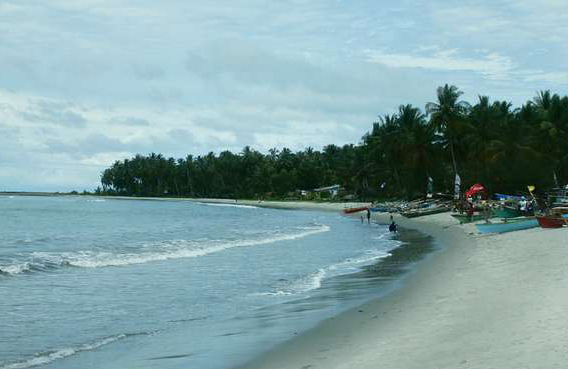
Barus
Ancient trade center with diverse influences
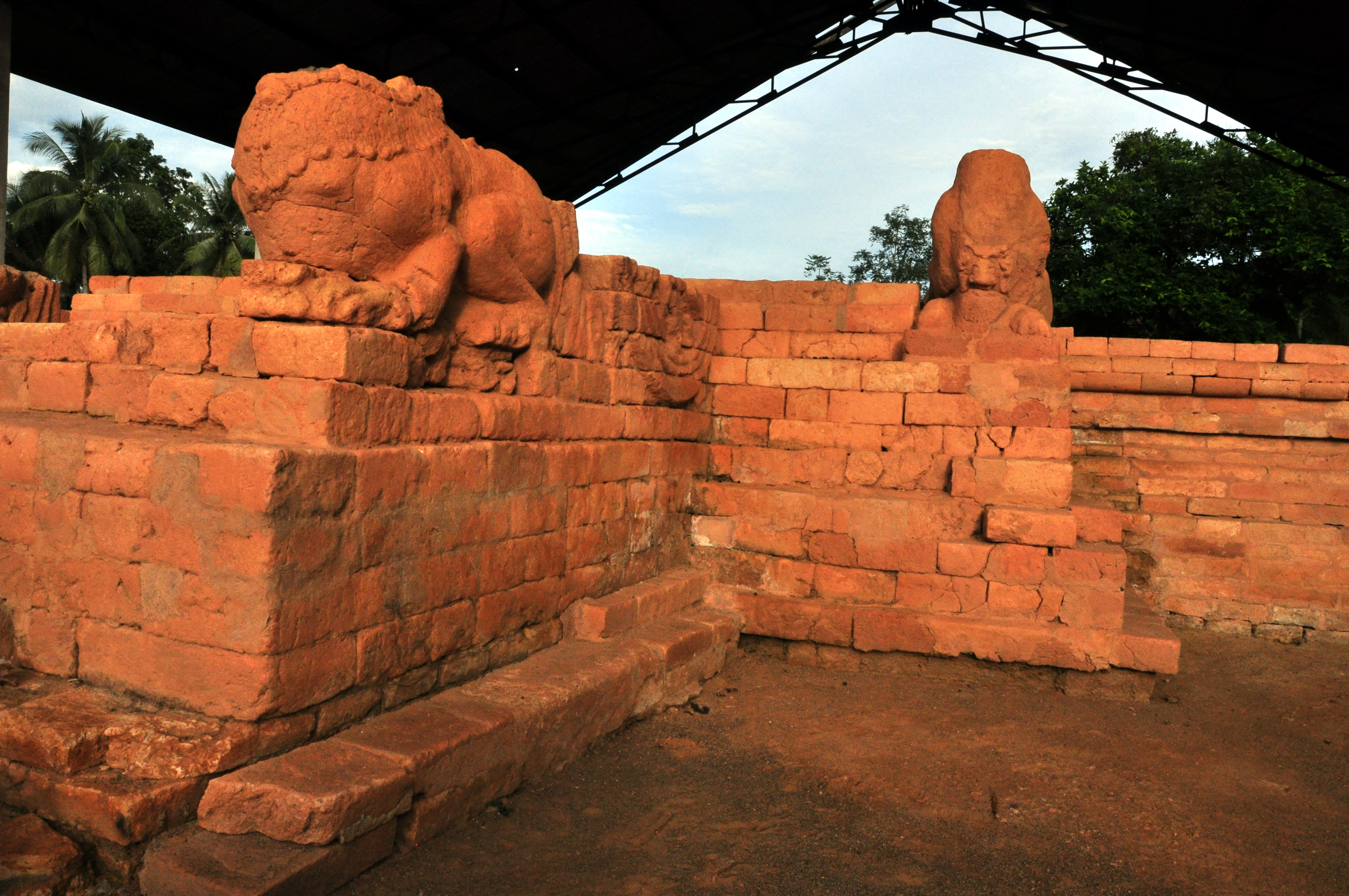
Bumiayu temple
Sumatran Hindu temple with red brick ruins.
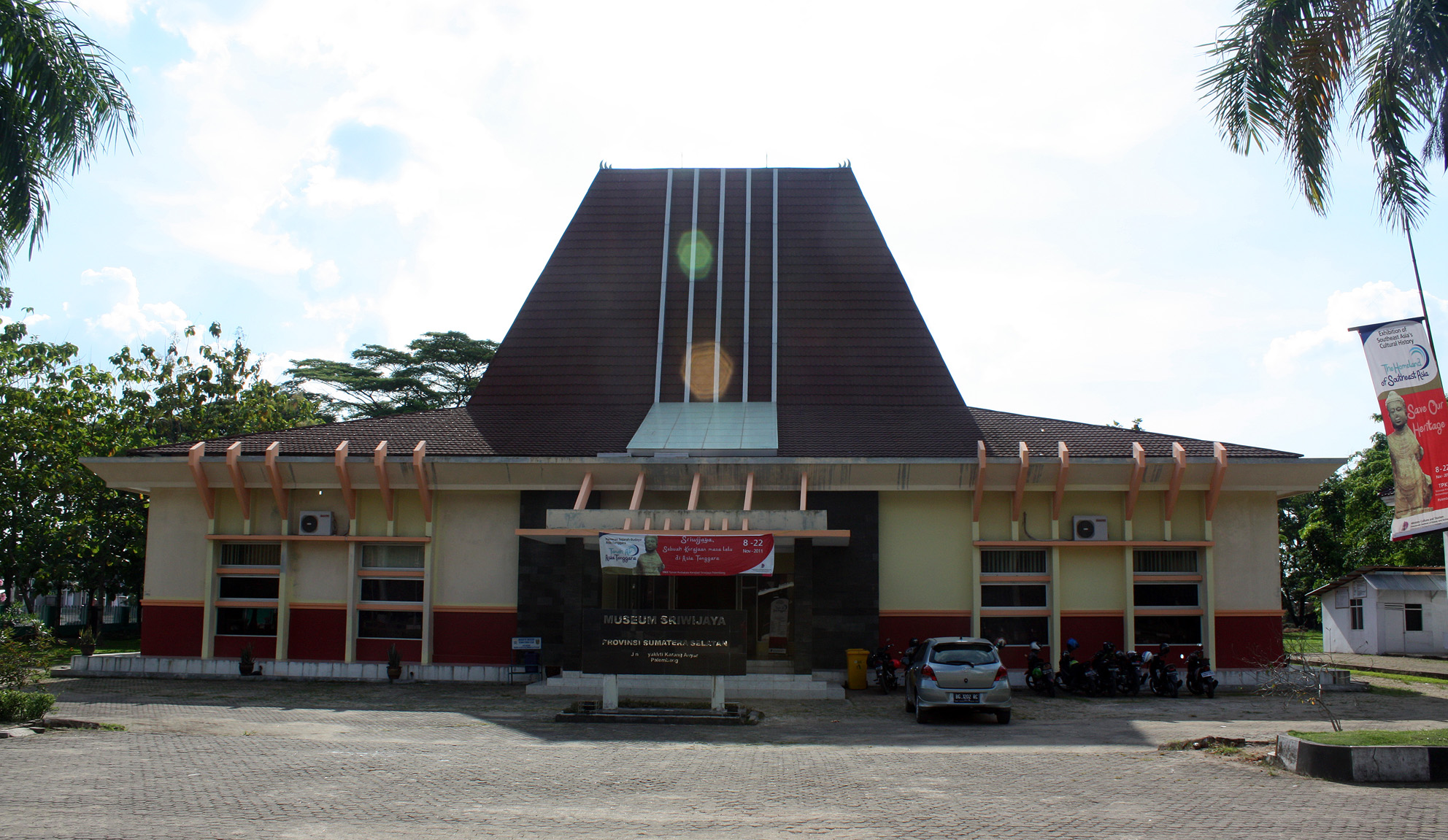
Sriwijaya Kingdom Archaeological Park
Ancient habitation with canals and ponds.
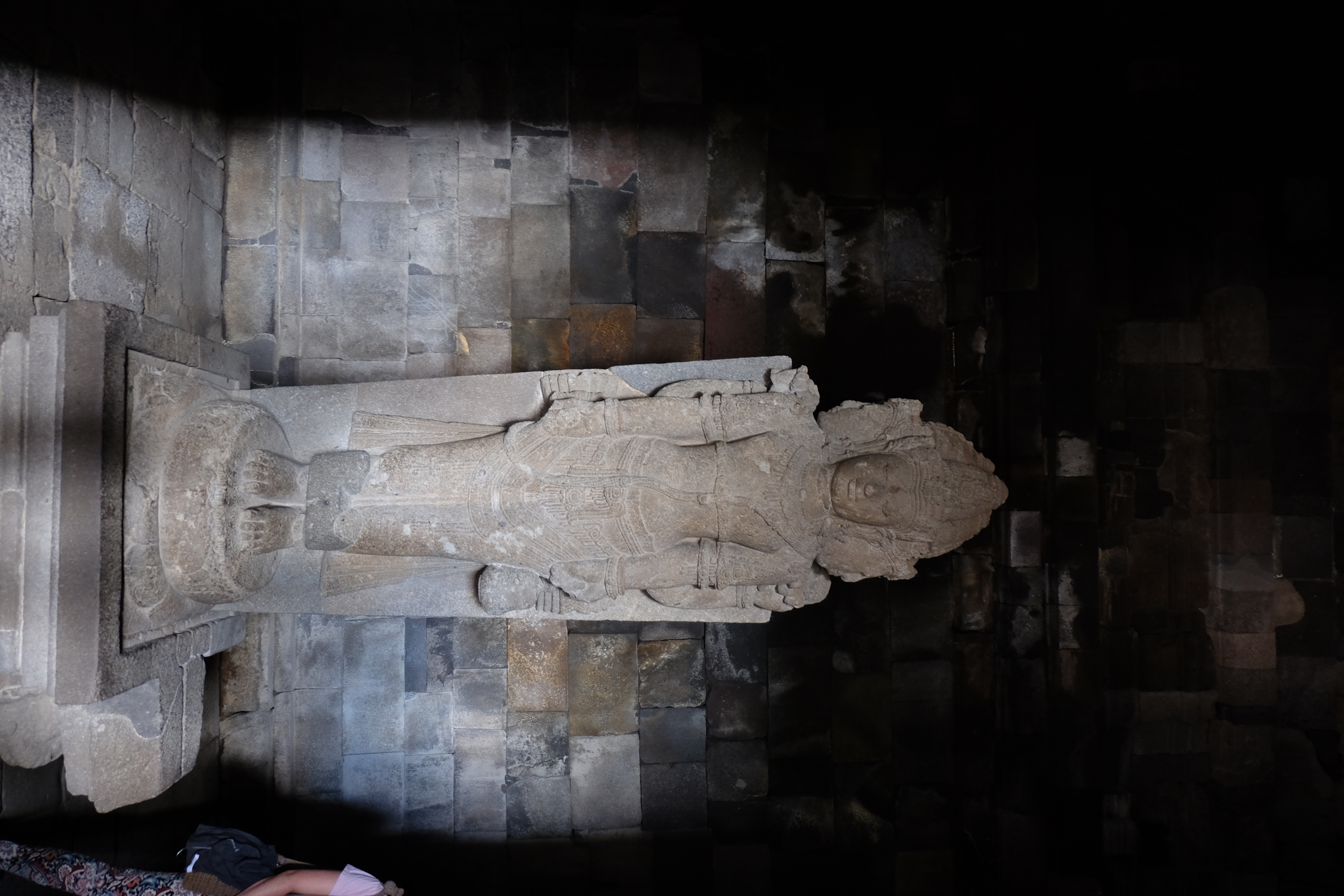
Prambanan
9th-century Hindu temple complex in Java

Jago Temple
13th-century Hindu temple in East Java
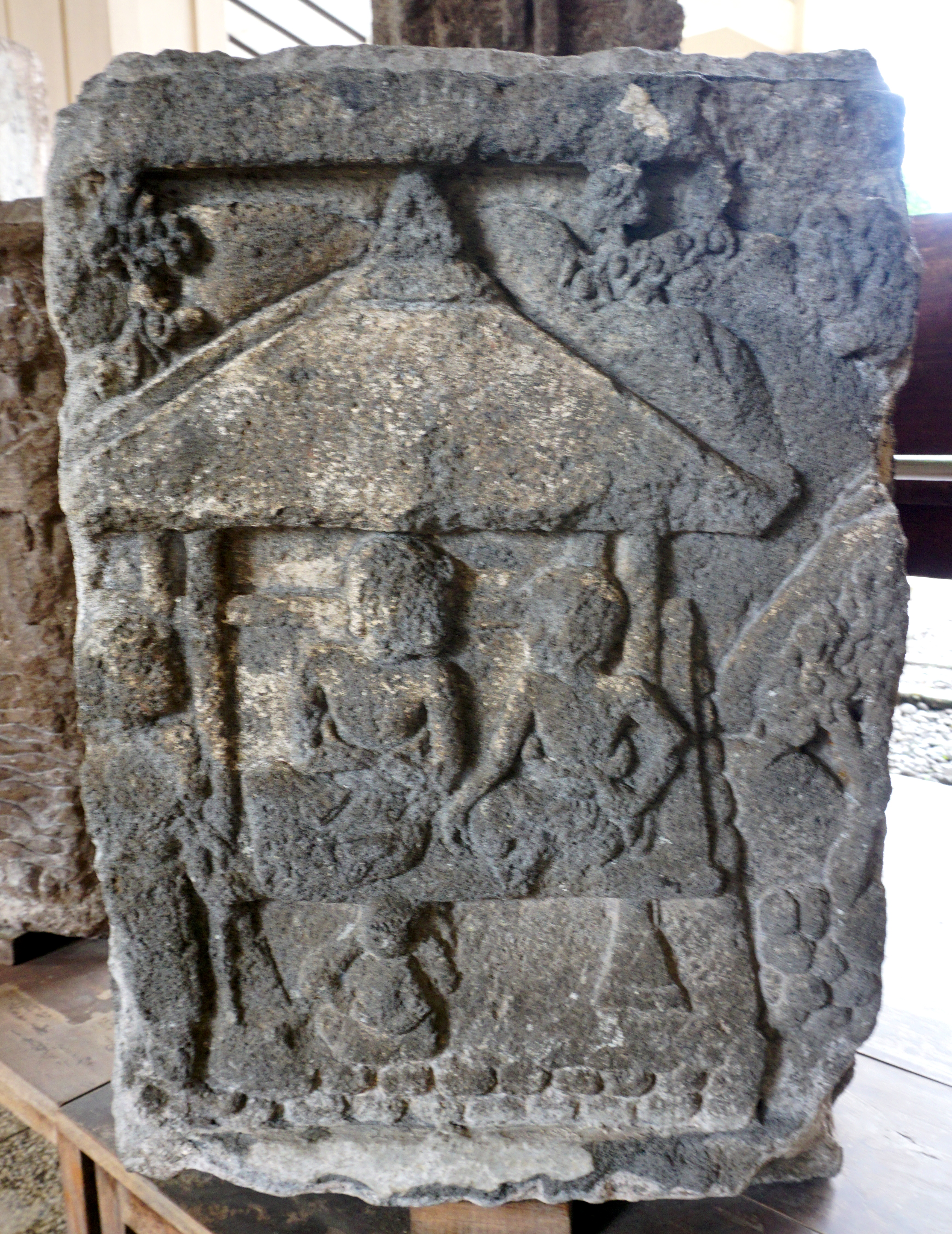
Trowulan
Extensive Majapahit capital with brick structures.